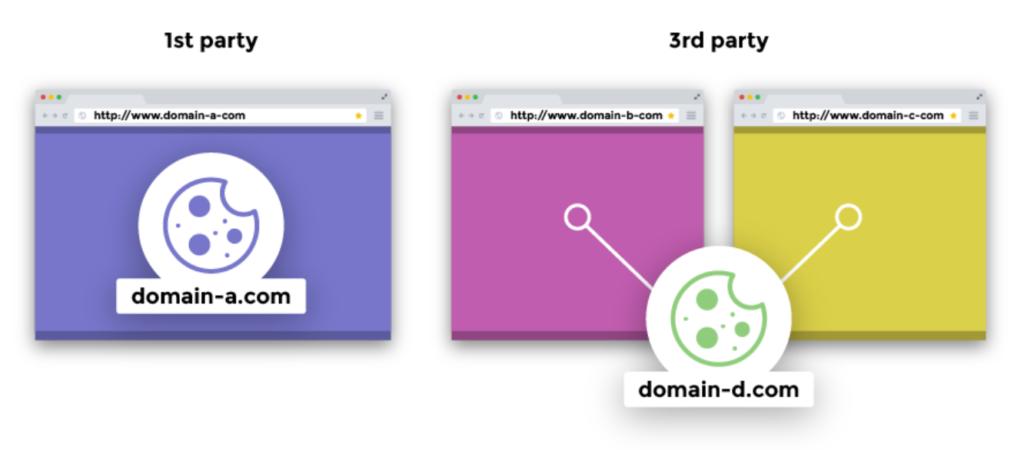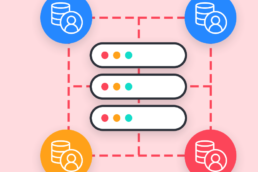3rd-Party Cookies are small text files that are placed on a user’s computer from a website that is not the one the user is visiting. The third party creates these cookies using domains and is typical uses for tracking and advertising purposes. For example, a website may use a 3rd-Party Cookie to track a user’s browsing history. Also shows them targeted advertisements based on their interests.
The biggest challenge for advertisers and publishers in the coming year will be establishing user identity. From 2022, Google Chrome will completely ban cross-site tracking of actions via cookies.
3rd-Party Cookie, small files placed on a user’s computer by a third-party technology platform. When a user visits a website, have long been a primary identifier of a user on the Internet. They helped advertisers set ad targeting and show users personalized content and ads. It’s also in line with the entry into force of GDPR in Europe and the previous removal of third-party cookies in its Safari and Firefox browsers in 2017.
However, Google’s plan will affect the industry much more: the company has an absolute Monopoly on the browser market. With the removal of third-party cookies, addressability via web channels will disappear. In addition to third-party cookies, other IDs and technical parameters may also have outdation.
IDFA and GAID
Apple announced the explicit opt-in mechanism for IDFA for iOS apps; Android explores similar steps for its identifier: GAID.
Consequences of ID phase-out The decline in the value of advertising IDs is undermining established digital advertising practices. Affects: Audience Targeting, Frequency Capping, Multi-channel attribution.
For advertisers, existing targeting and retention scenarios will disappear, not to mention optimization models for ROAS and LTV.

Most of the customer base remains unusable for the remarketing mechanics. They have not implemented data management functions. eCPM for inventory without data will be 2-3 times lower. And advertiser budgets can be allocated to walled gardens and platforms that collect user data.
The industry has one year to decide on a sustainable alternative to risk losing touch with its user base.
Let’s look at alternatives to third-party cookies that can help advertisers and publishers solve critical user targeting and fulfillment problems.
Here are some other alternative solutions to third-party cookies:
-
First-party data: Emphasize the collection and utilization of first-party data obtained directly from your website visitors or customers. This includes information such as user preferences, behaviors, and interactions. First-party data is considered more reliable and privacy-friendly.
-
Contextual targeting: Instead of relying on individual user data, focus on serving ads based on the context of the webpage or content being viewed. This approach considers factors such as keywords, topics, and page context to determine ad relevance.
-
Universal ID solutions: Implement universal identifier solutions that assign a unique ID to users across multiple platforms and devices. These IDs can be generated through authentication, such as user logins, or through hashed email addresses.
-
Consent-based data: Obtain explicit consent from users to collect and use their data for personalized advertising. Adhere to privacy regulations, such as GDPR and CCPA, and provide transparent options for users to control their data preferences.
-
Collaborative data alliances: Collaborate with trusted partners or join data alliances to share aggregated and anonymized data. This allows for collective insights and targeting capabilities while respecting user privacy.
-
AI-based modeling and machine learning: Utilize machine learning algorithms to analyze patterns and behaviors from first-party data. This can help predict user interests and preferences without relying on individual-level data.
-
Contextual collaborations: Work closely with publishers and content creators to understand their audience and create contextual advertising opportunities that align with their content.
-
Advanced measurement techniques: Explore privacy-centric measurement methodologies, such as federated learning, differential privacy, or statistical modeling, to derive valuable insights without compromising user privacy.



